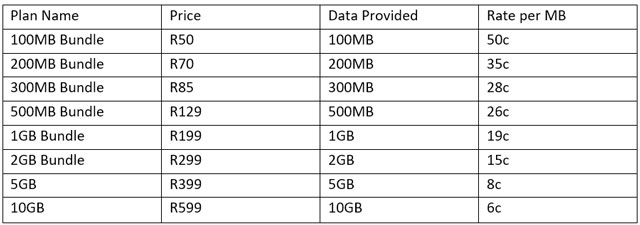 If you’re a typical technology user, you’ve run out of space to store your data at least once in your life, if not once this year already.
If you’re a typical technology user, you’ve run out of space to store your data at least once in your life, if not once this year already.
Whether it’s photos on our phones or Game of Thrones on our laptops, we’re all gathering data faster than we can find places to store it. But we may have a long-term solution: DNA.
Yes, that’s right: technology firms are experimenting with using synthetic DNA to store data. Microsoft recently announced that it is buying 10m strands of “long oligonucleotides” — molecules of DNA created in the labs of Twist Bioscience, a biotech start-up based in San Francisco.
This is less loopy than it sounds. Compared to other storage formats, like magnetic disks, DNA is incredibly information-dense. A team at Harvard managed to cram 700TB into a gram of DNA in 2012. Researchers at Microsoft estimate that the limit is around 1 exabyte per cubic millimetre. That’s a billion gigabytes crammed into the space of a large grain of sand.
Another way to think about this: we could store every bit of data currently on the planet in a cubic metre of DNA — roughly the same size as a small refrigerator — and still have room to spare.
This block of DNA would hold 1 000 yottabytes of data — a number so large that if you converted its component terabytes into metres it would give you a distance longer than the trip to Alpha Centauri. Even if the equipment required to address this data were a thousand times larger, it would still be small compared to the hundreds of huge data centres dotted around the planet.
DNA is also exceptionally resilient. It can store information for thousands of years before it degrades. We know this because we can successfully analyse DNA from animals and plants that have been dead for thousands of years. Last year, a team of scientists successfully sequenced the genome of a woolly mammoth, an animal that went extinct around 10 000 years ago.
This is an order of magnitude better than any human data storage method, bar one. Even in optimal conditions magnetic storage (like hard drives) lasts a few decades. Paper can survive for centuries, vellum perhaps twice as long. Even clay tablets break down after a couple of millennia. Only the lowly cave painting is reliable on timescales longer than 10 centuries.

In the age of Facebook, Twitter and the selfie, worrying about storing our data until the year 3016 or 4016 may seem silly, but there is a valid concern here. Many of humanity’s greatest works of art and literature were destroyed forever in the destruction of the Library of Alexandria. How many great artists, thinkers and writers have been lost to history because the only copies of their works were burned or mouldered to dust?
There is a strong counter argument to this idea of permanent cold-storage — the Internet itself. The global nature of the system makes it incredibly resilient. It has never been truly “switched off” since it was created in the 1960s. And most of our really important data is stored in hundreds or thousands of different places. The cloud is, in many ways, our collective solution to this problem.
But we human beings are not particularly good at thinking in timescales beyond our own lifespans. What may seem a sure bet now might crumble to dust in just a few centuries. Ask the Romans how their empire is going.
In any case, we have a lot of hurdles to jump before DNA storage becomes a mainstream reality. Spending weeks or months cramming data into a single strand of DNA in a lab is one thing. Perfecting a technology that handles this process in nanoseconds and billions of times per day is another. Magnetic disk drives may not be perfect, but they still set an exceptionally high bar for any competing technology.
Whether or not DNA proves to be our long-term solution for storage, it’s encouraging that computer scientists are exploring a new frontier. For all our technological wizardry, computing has not made a great leap forward since the invention of the semiconductor. And just look how that changed the world.

